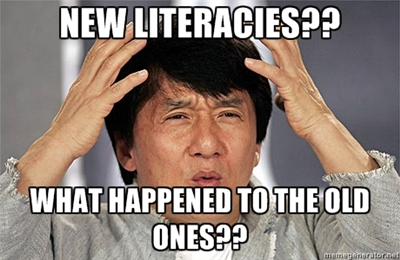Integrating Gaming and Simulations Into My Classroom

One topic that has always fascinated me is space and astronomy. I would use an open-source planetarium software called Stellarium that simulates a realistic night sky to introduce my students to the wonders of the universe. This digital simulation tool allows users to explore celestial objects easily, making it a fantastic educational resource. You can access Stellarium for free from their website here . I would plan a lesson within my informational writing unit focused on understanding and researching celestial objects. As a summative assessment during our informational writing unit, students write a research page on a celestial object to go in our class book. My goal would be to help foster a sense of curiosity about space and help students identify a celestial object they would be interested in researching. I would begin the lesson by discussing the night sky and asking students if they had ever looked at the stars and what they had seen. This would spark their interest and s...




